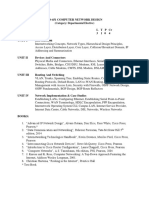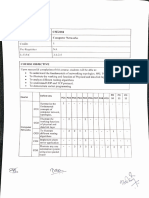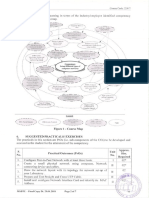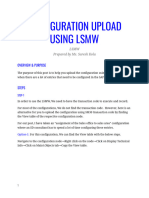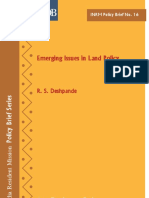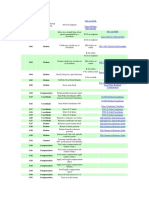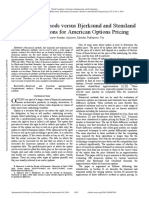0% found this document useful (0 votes)
17 views4 pagesComp Netw
This document outlines a 300-hour unit on performing computer networking, detailing competencies such as identifying network types, connecting and configuring devices, and performing network testing. It includes learning outcomes, suggested assessment methods, and recommended resources for practical training. The unit is aligned with occupational standards and provides a comprehensive framework for developing networking skills.
Uploaded by
Williams OnyangoCopyright
© © All Rights Reserved
We take content rights seriously. If you suspect this is your content, claim it here.
Available Formats
Download as PDF, TXT or read online on Scribd
0% found this document useful (0 votes)
17 views4 pagesComp Netw
This document outlines a 300-hour unit on performing computer networking, detailing competencies such as identifying network types, connecting and configuring devices, and performing network testing. It includes learning outcomes, suggested assessment methods, and recommended resources for practical training. The unit is aligned with occupational standards and provides a comprehensive framework for developing networking skills.
Uploaded by
Williams OnyangoCopyright
© © All Rights Reserved
We take content rights seriously. If you suspect this is your content, claim it here.
Available Formats
Download as PDF, TXT or read online on Scribd
/ 4





















